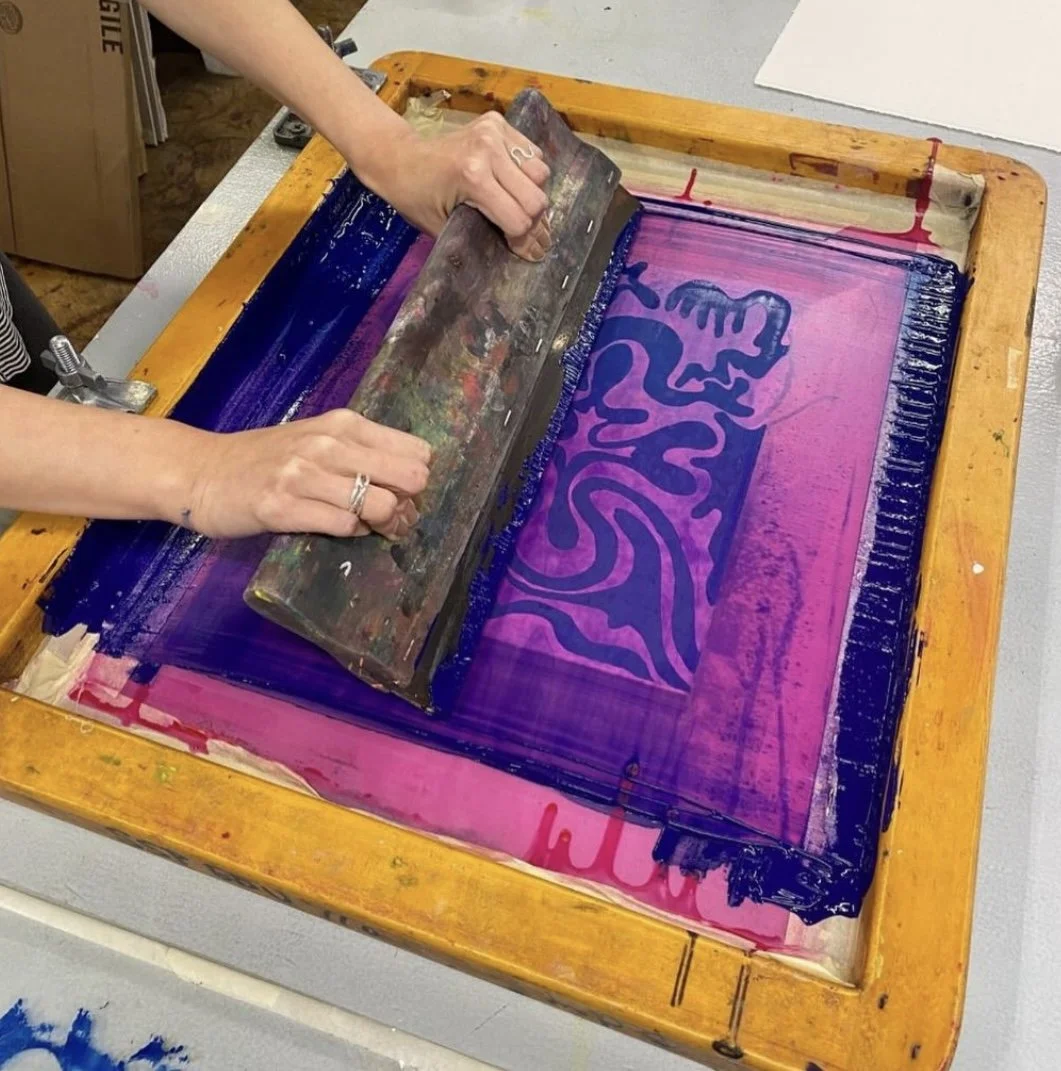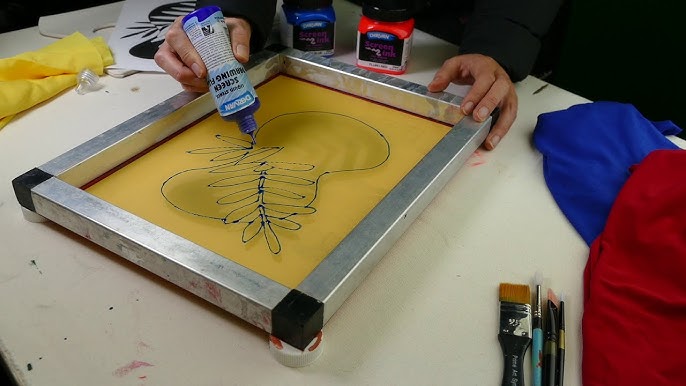ChatGPT said: How 10:9 Design Screen Printing can elevate your team spirit
The Essential Overview to Recognizing Screen Printing and Its Versatile Makes use of
Screen printing has a rich background that dates back to old times, progressing into an advanced strategy utilized across various markets today. This overview explores the intricacies of the screen printing process, outlining its applications in style, home, and marketing décor - 10:9 Design Company. Understanding these basics can open up innovative capacity for both industrial and creative jobs. The complying with areas will expose necessary tips and methods to enhance one's screen printing ventures
The History of Screen Printing
Although screen printing has origins that trace back centuries, its development reflects the technological and artistic improvements of different cultures. Coming from old China, the strategy was at first used for enhancing fabrics and later infect Japan, where it became important to Ukiyo-e woodblock printing. The technique changed to Europe in the 18th century, where it got appeal amongst artisans and commercial printers. The creation of image emulsion in the 20th century revolutionized screen printing, enabling for even more intricate designs and better effectiveness. Artists like Andy Warhol even more pushed its popularity, making use of the tool to develop iconic works that mixed commercialism and great art. By the late 20th century, screen printing had actually established itself as a versatile strategy, utilized in style, advertising and marketing, and fine art. Today, it continues to progress, integrating digital innovation and expanding its applications across numerous industries.
The Screen Printing Process Explained
Screen printing transforms creative visions into concrete designs with a series of exact steps. A photo is developed and then moved onto a screen, usually made of fine mesh textile extended over a framework. A light-sensitive solution is used to the screen, which is revealed to light, hardening in areas not covered by the image. After cleaning out the unhardened solution, a stencil is formed.
Next, the screen is put over the substratum, whether it be textile, paper, or an additional product. Ink is then pushed via the open locations of the pattern using a squeegee, transferring the design onto the substratum listed below. This procedure can be repeated for multiple shades, needing different screens for each tone. The published item is healed making use of warmth to assure the ink sticks properly, resulting in a sturdy, dynamic design all set for use.
Sorts Of Screen Printing Techniques

In addition, specialized techniques, such as discharge screen printing, get rid of color from the textile to create softer prints, while aluminum foil screen printing applies metallic foil to accomplish a shiny surface (10:9 Design Screen Printing Texas). Each method supplies distinct qualities, satisfying numerous imaginative needs and manufacturing scales, eventually broadening the possibilities within the screen printing domain
Applications of Screen Printing in Numerous Industries

In addition, the signs and advertising and marketing industries use screen printing for developing captivating screens and banners. This method permits for bold shades and complex styles that record attention. In electronic devices, screen printing is utilized for applying conductive inks to circuit card, important for element links. The home decoration market welcomes screen printing to generate unique designs on fabrics and wall surface art. Generally, screen printing acts as a critical tool across diverse areas, boosting products with personalized and visually attractive graphics.
Tips for Effective Screen Printing Projects
While taking on a screen printing job, careful attention to information can considerably boost the last outcome. Initially, picking high-quality products is crucial; this includes the screen, inks, and substrates. Using appropriate mesh counts can impact ink deposition and information resolution. Preparation is equally essential; detailed cleansing of displays and proper exposure times guarantee crisp prints.
Next off, exact registration is essential for multi-color prints. Utilizing placement tools can aid accomplish accurate layering. In addition, screening prints on scrap products before production aids recognize prospective issues without throwing away sources.

Regularly Asked Inquiries
What Materials Are Best for Screen Printing on Textile?
Cotton and polyester blends are optimal for screen printing click here to find out more on material as a result of their toughness and ink absorption. Additionally, specialty textiles like silk or canvas can produce one-of-a-kind structures and finishes, boosting the overall style quality.
Exactly how Do I Clean and Maintain Screen Printing Devices?
To clean and maintain screen printing equipment, one need to frequently clean screens with proper solvents, check mops for wear, lubricate moving parts, and shop all things in a dry, dust-free atmosphere to extend their life-span.
What Are the Environmental Impacts of Screen Printing?
Screen printing can have considerable environmental impacts, including chemical waste from inks and solvents, water usage throughout cleansing processes, and power intake. Green materials and sustainable practices are crucial for reducing these negative results.
Can Screen Printing Be Done in the house Effectively?
Screen printing can be successfully done at home with the ideal materials and techniques. Hobbyists can create top quality prints, though success relies on their skill level, equipment, and understanding of the procedure entailed.
What Are the Prices Related To Beginning a Display Printing Organization?

Starting a screen printing service includes browse around this site prices for equipment, products, and work area. First costs typically range from a few hundred to several thousand dollars, relying on the scale, high quality of machinery, and desired production capability.
Screen printing has an abundant history that dates back to old times, evolving into an advanced strategy utilized throughout numerous markets today. Another technique, rotary screen printing, utilizes round displays, facilitating continuous printing on textile rolls, thus enhancing efficiency for large-scale manufacturings. Additionally, specialized methods, such as discharge screen printing, eliminate color from the textile to create softer prints, while foil screen printing uses metallic foil to accomplish a shiny finish. In the style industry, screen printing is widely used to develop dynamic styles on apparel, making it possible for brand names to display their distinct styles. Cotton and polyester blends are ideal for screen printing on fabric due to their resilience and ink absorption.